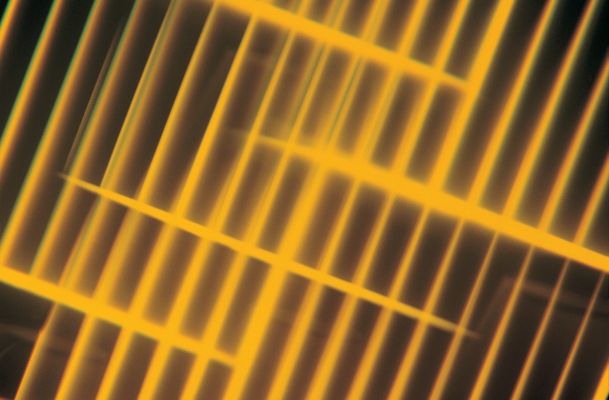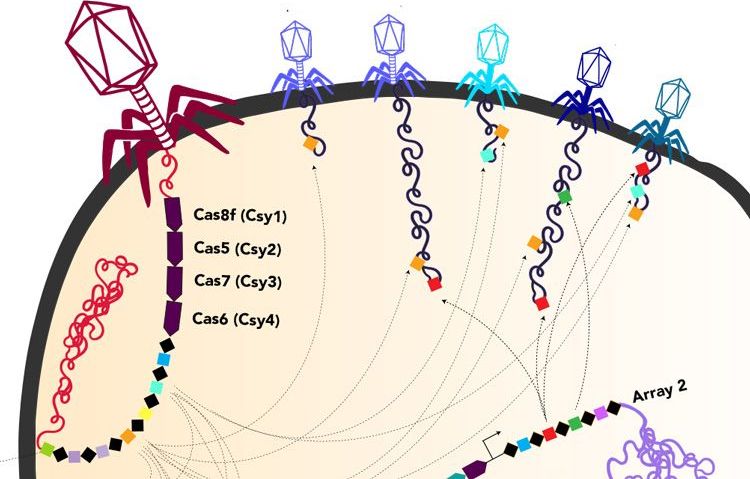A new Bluetooth impersonation vulnerability could hackers to spoof a remotely paired device.
Get the latest international news and world events from around the world.

Artificial intelligence can make personality judgments based on photographs
Russian researchers from HSE University and Open University for the Humanities and Economics have demonstrated that artificial intelligence is able to infer people’s personality from ‘selfie’ photographs better than human raters do. Conscientiousness emerged to be more easily recognizable than the other four traits. Personality predictions based on female faces appeared to be more reliable than those for male faces. The technology can be used to find the ‘best matches’ in customer service, dating or online tutoring.
The article, “Assessing the Big Five personality traits using real-life static facial images,” will be published on May 22 in Scientific Reports.
Physiognomists from Ancient Greece to Cesare Lombroso have tried to link facial appearance to personality, but the majority of their ideas failed to withstand the scrutiny of modern science. The few established associations of specific facial features with personality traits, such as facial width-to-height ratio, are quite weak. Studies asking human raters to make personality judgments based on photographs have produced inconsistent results, suggesting that our judgments are too unreliable to be of any practical importance.

Astronauts get to work ahead of historic flight
NASA astronauts Doug Hurley and Bob Behnken have flown into the Kennedy Space Center in Florida to prepare for their historic mission next week.
The pair’s trip to the International Space Station (ISS) will be made in a rocket and capsule system provided by a commercial company, SpaceX.
NASA has traditionally always owned and operated its space vehicles.


Hackers release a new jailbreak that unlocks every iPhone
A renowned iPhone hacking team has released a new “jailbreak” tool that unlocks every iPhone, even the most recent models running the latest iOS 13.5.
For as long as Apple has kept up its “walled garden” approach to iPhones by only allowing apps and customizations that it approves, hackers have tried to break free from what they call the “jail,” hence the name “jailbreak.” Hackers do this by finding a previously undisclosed vulnerability in iOS that break through some of the many restrictions that Apple puts in place to prevent access to the underlying software. Apple says it does this for security. But jailbreakers say breaking through those restrictions allows them to customize their iPhones more than they would otherwise, in a way that most Android users are already accustomed to.
The jailbreak, released by the unc0ver team, supports all iPhones that run iOS 11 and above, including up to iOS 13.5, which Apple released this week.

SpaceX’s 1st astronaut launch breaking new ground for style
CAPE CANAVERAL, Fla. (AP) — The first astronauts launched by SpaceX are breaking new ground for style with hip spacesuits, gull-wing Teslas and a sleek rocketship — all of it white with black trim.
The color coordinating is thanks to Elon Musk, the driving force behind both SpaceX and Tesla, and a big fan of flash and science fiction.
NASA astronauts Doug Hurley and Bob Behnken like the fresh new look. They’ll catch a ride to the launch pad in a Tesla Model X electric car.



Huge bacteria-eating viruses narrow gap between life and non-life
From February 2020…
Scientists have discovered hundreds of unusually large, bacteria-killing viruses with capabilities normally associated with living organisms, blurring the line between living microbes and viral machines.
These phages — short for bacteriophages, so-called because they “eat” bacteria — are of a size and complexity considered typical of life, carry numerous genes normally found in bacteria and use these genes against their bacterial hosts.
University of California, Berkeley, researchers and their collaborators found these huge phages by scouring a large database of DNA that they generated from nearly 30 different Earth environments, ranging from the guts of premature infants and pregnant women to a Tibetan hot spring, a South African bioreactor, hospital rooms, oceans, lakes and deep underground.

“I never expected this:” Doctors and patients describe Covid-19 recovery
I agree, Michael is 100 % spot-on-as usual. Dr Ian Hale.
Shana tells Inverse she’s been battling consistent fevers and muscle aches ever since the first, and most severe, symptoms subsided.
“I go through periods of hope mixed with periods of despair. I want to be able to run again and have the energy to do physical activity, but my body isn’t letting me,” she says. “I never expected this.”
As the wave of severe Covid-19 patients tentatively flattens, patients and doctors alike are turning their attention to a new set of patient experiences. People like Shana, who have relatively mild coronavirus cases, are taking weeks if not months to recover.